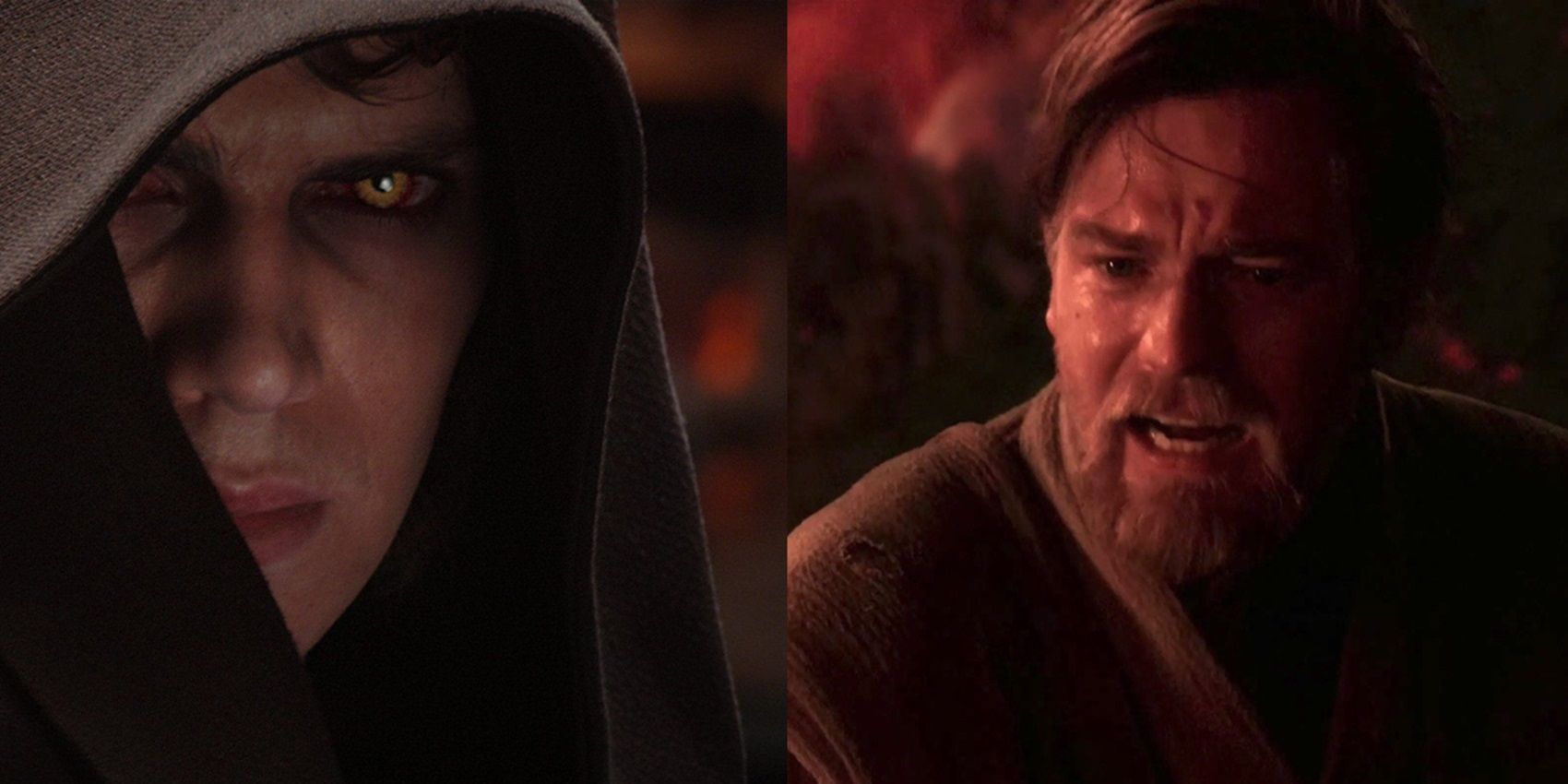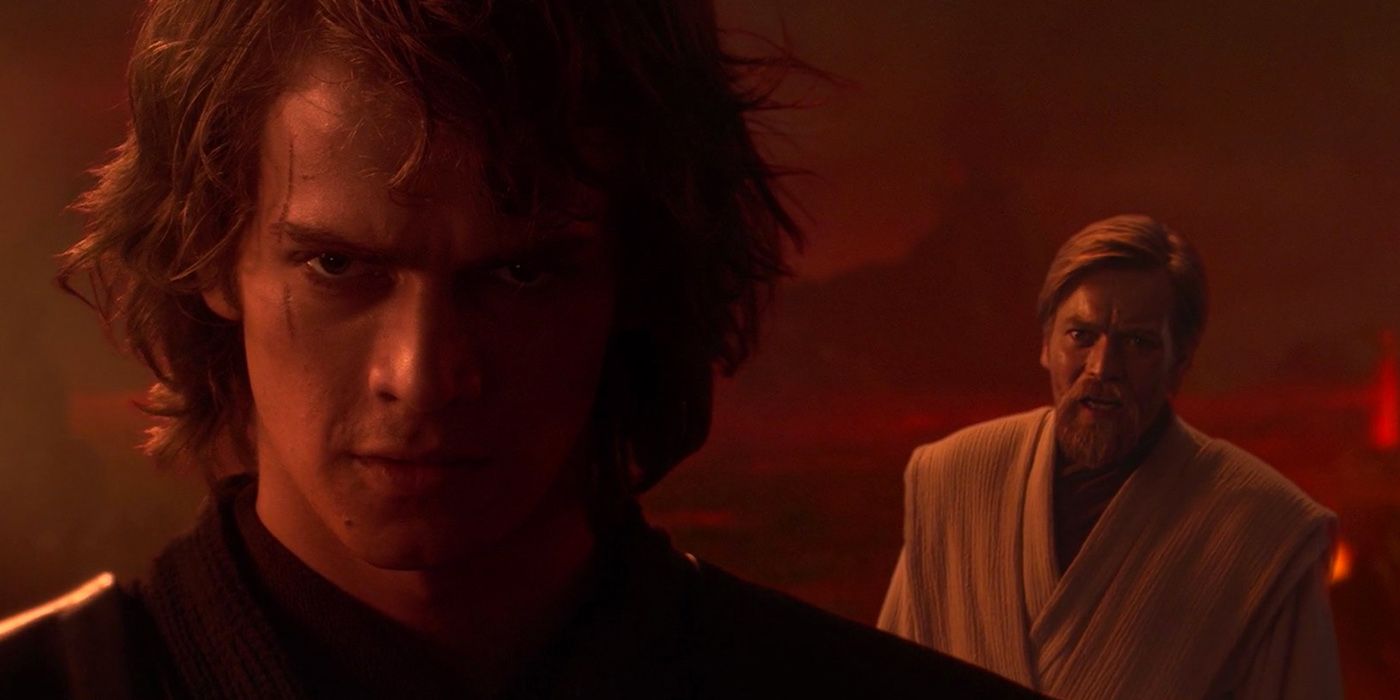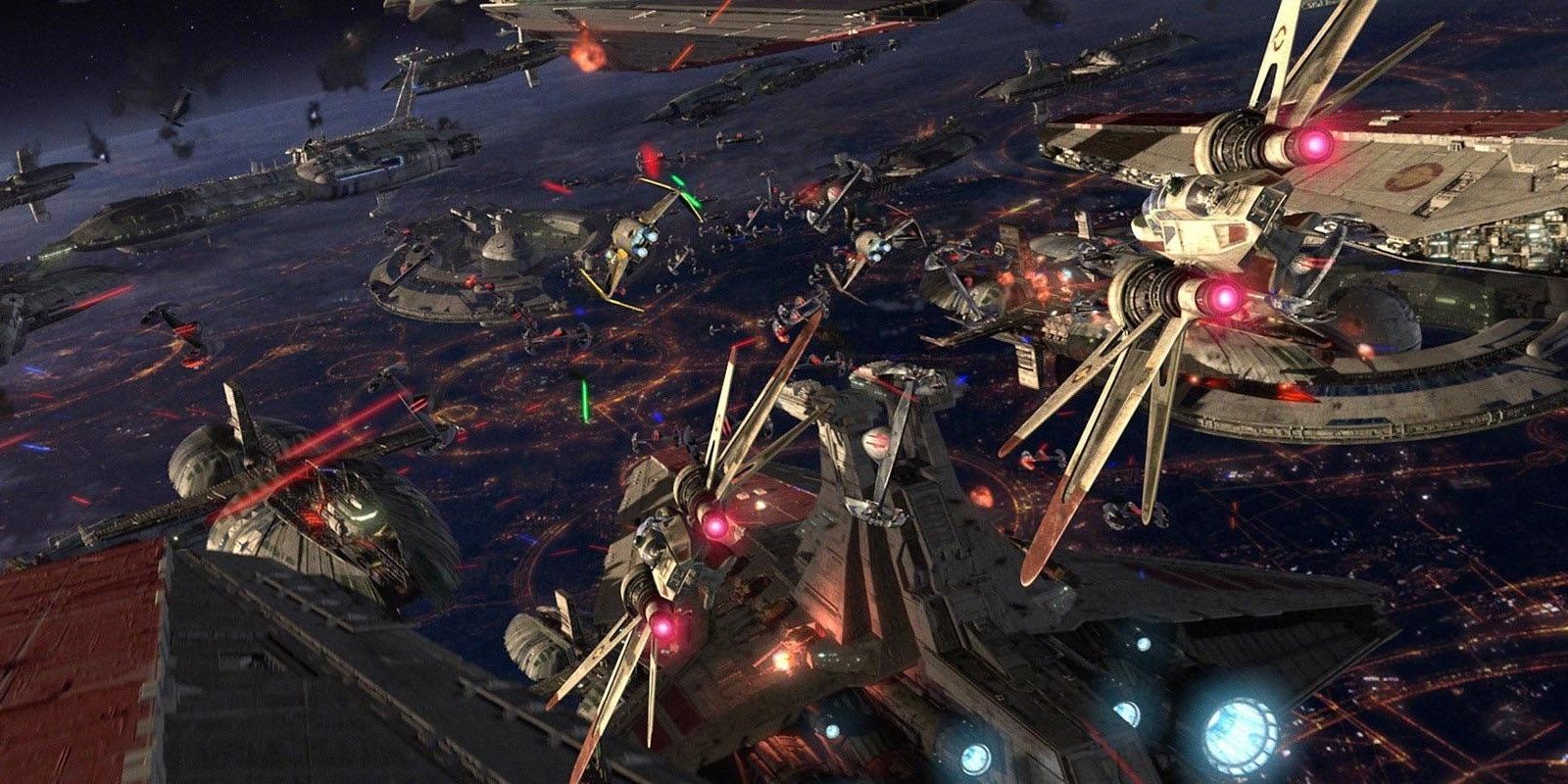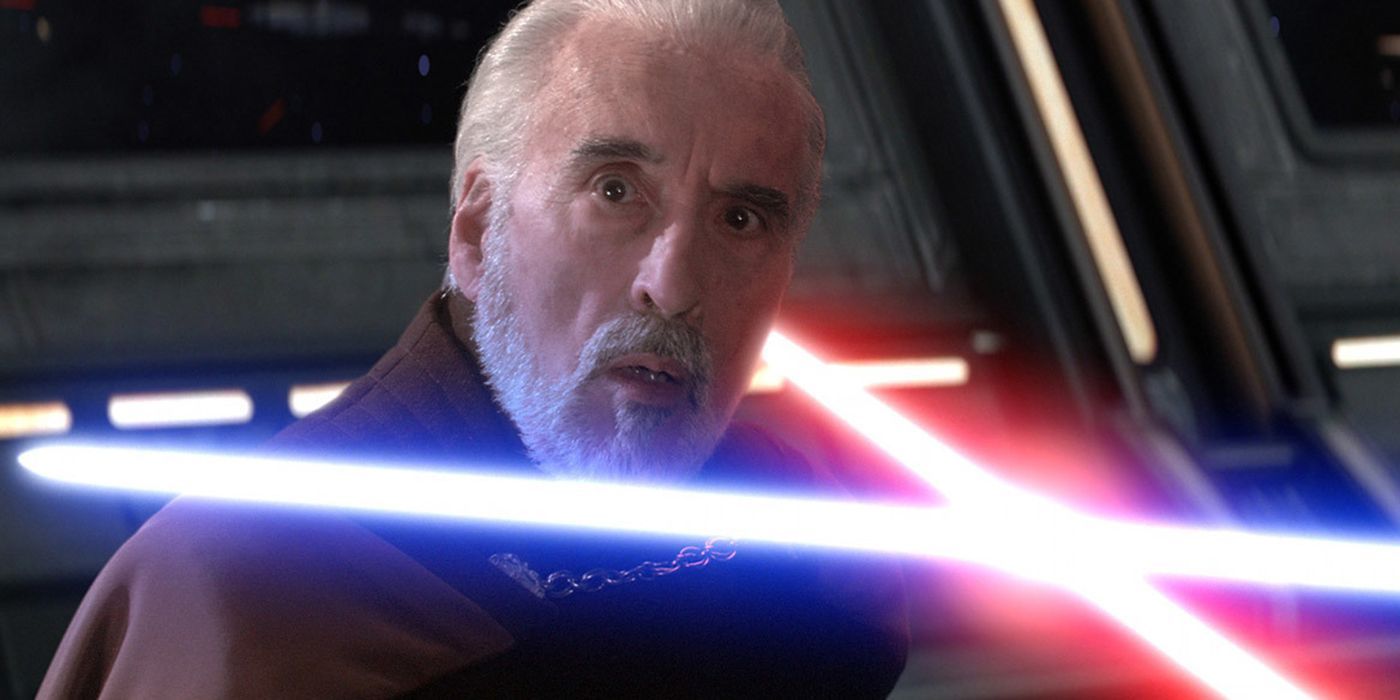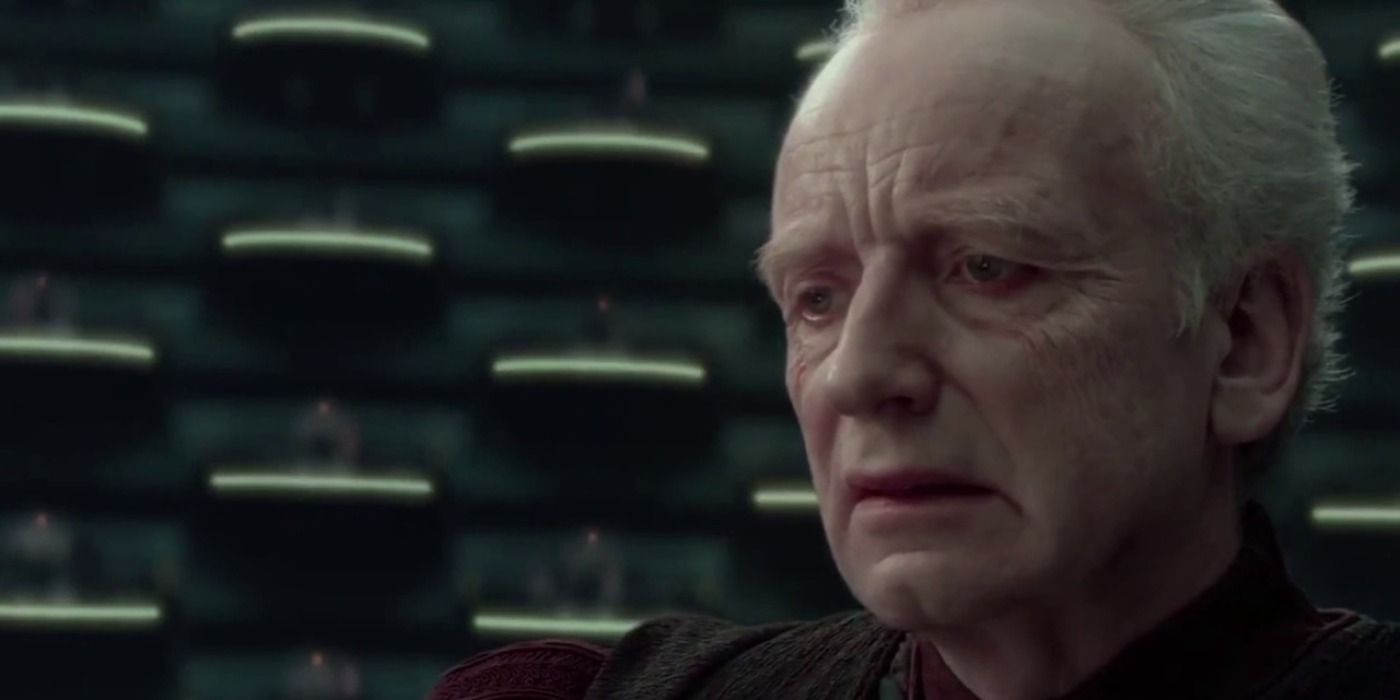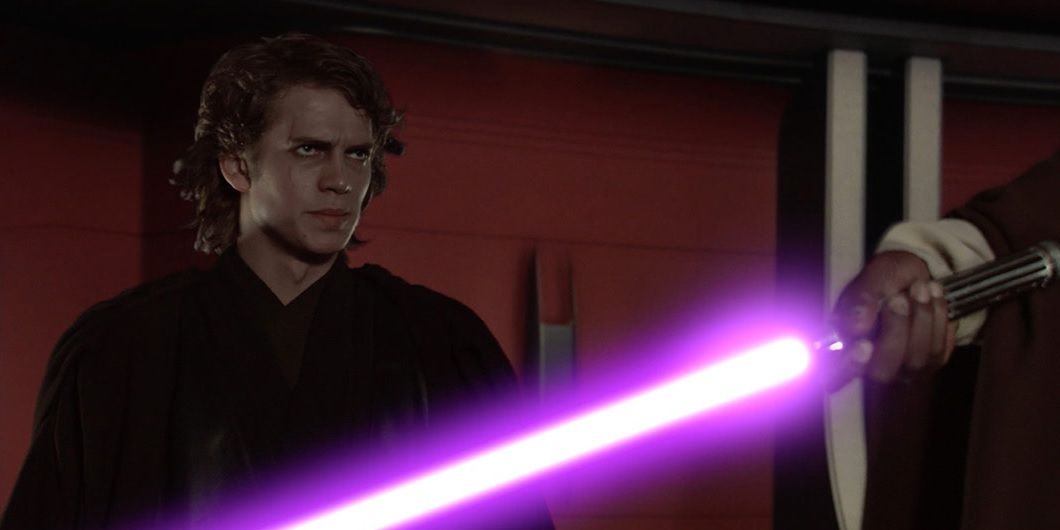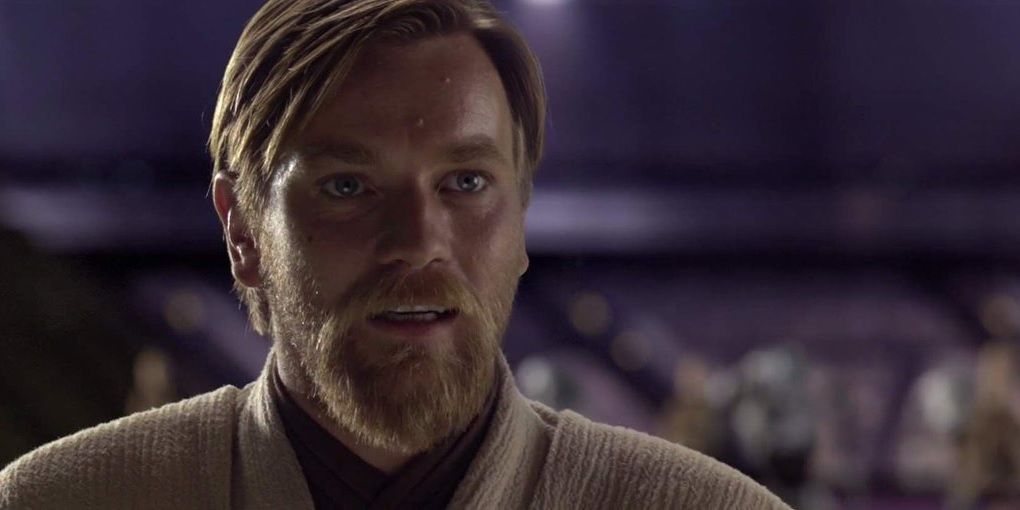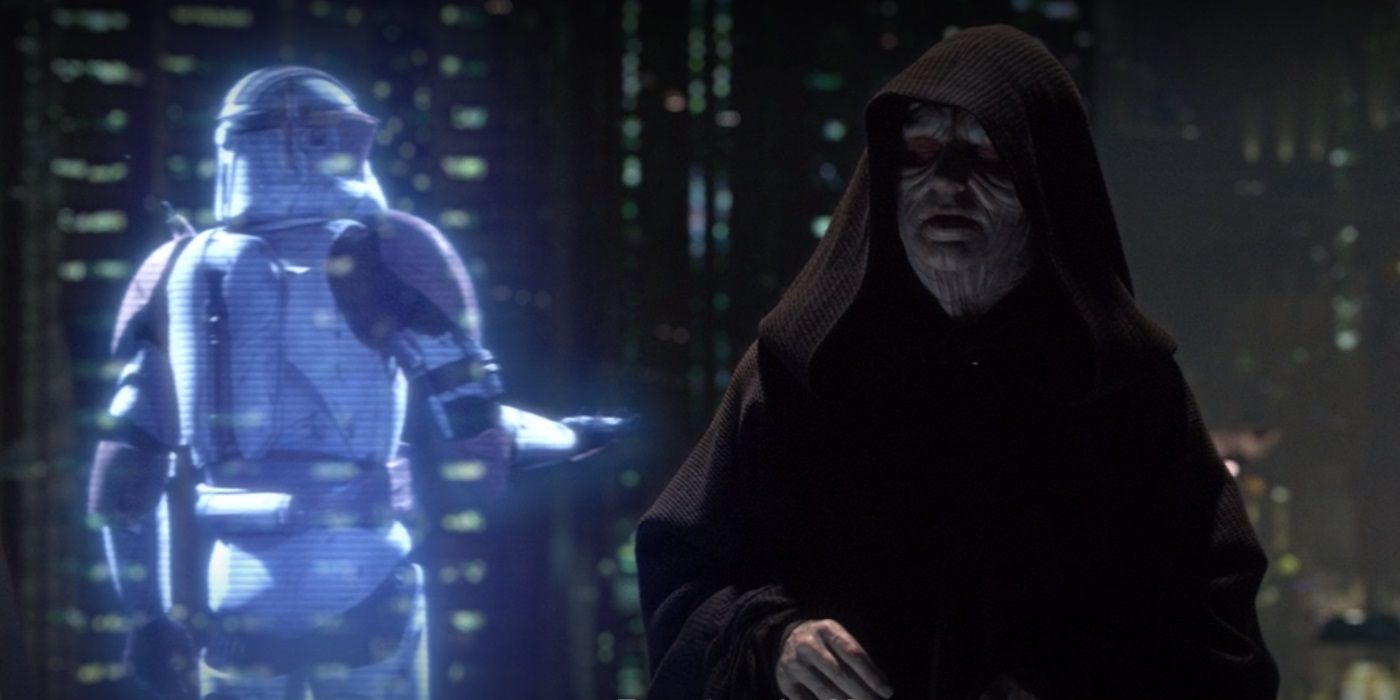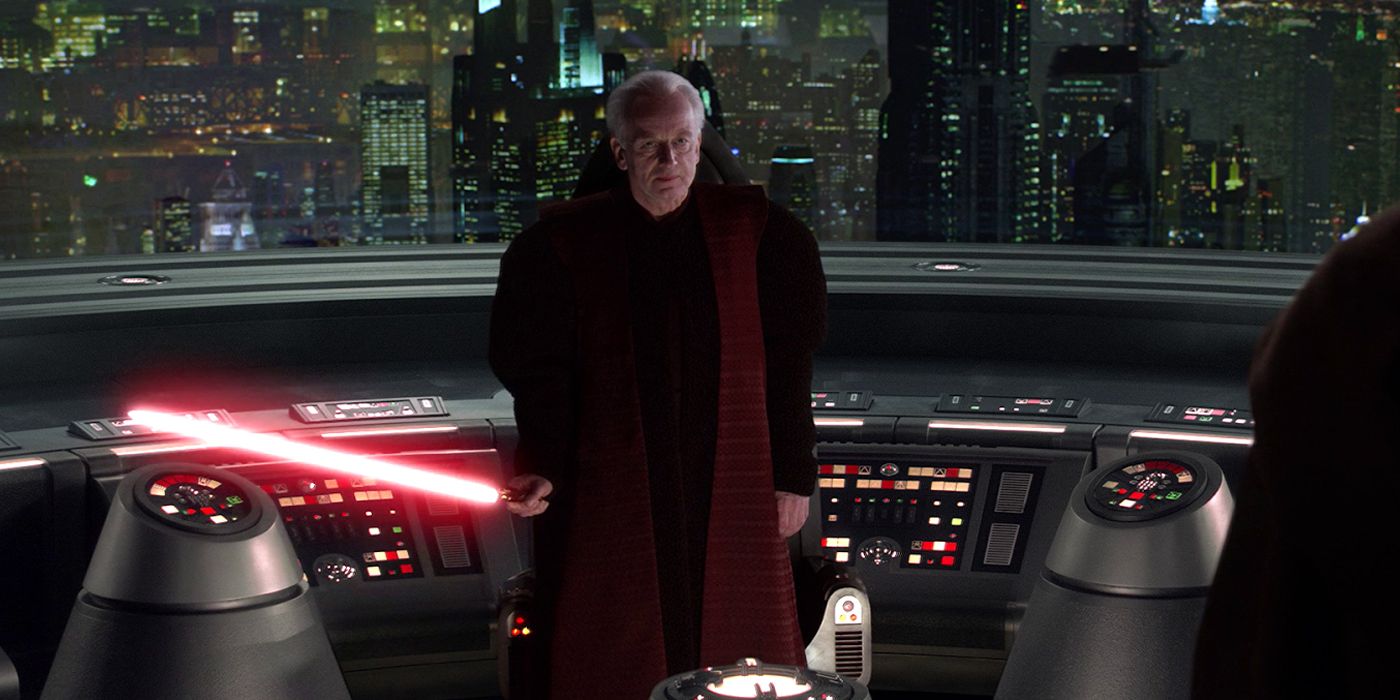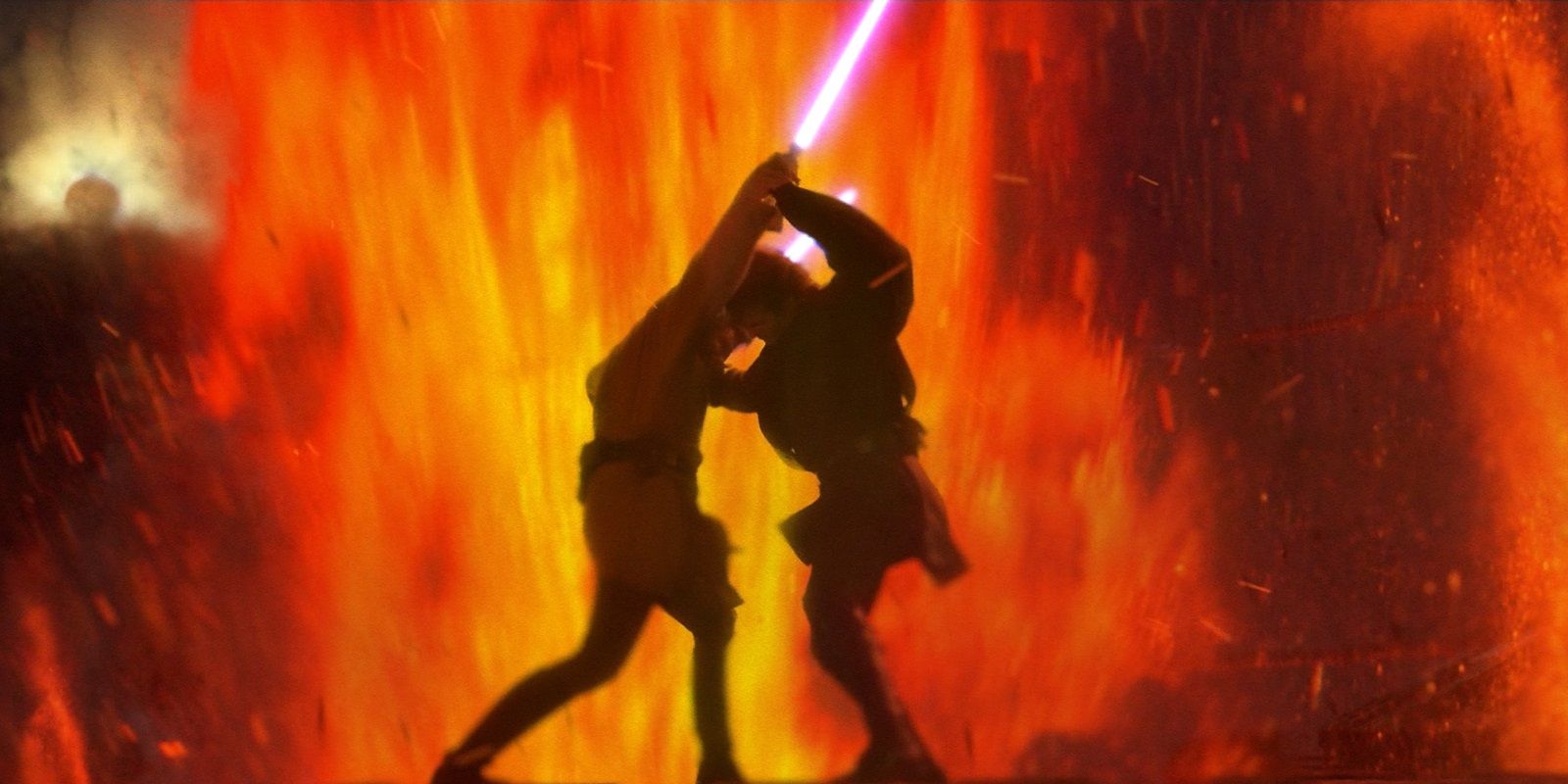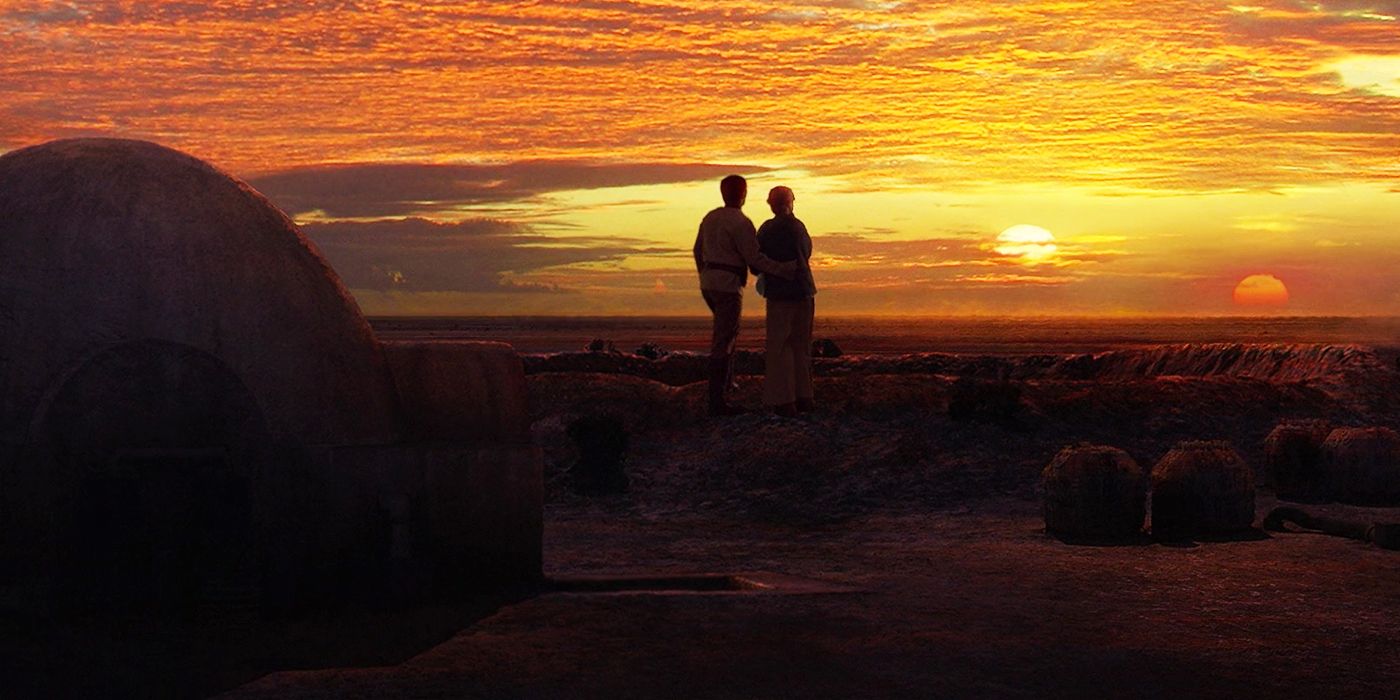The Star Wars prequels were nowhere near as well-received by critics as the original trilogy. Both The Phantom Menace and Attack of the Clones were largely panned by critics, so there wasn’t much hope for the big finale. However, the critical reception to the trilogy finally turned around with Revenge of the Sith, widely considered to be the trilogy’s greatest installment and a perfect bridge between the two trilogies.
From the beginning, the prequels set out to chart Anakin Skywalker’s transformation into Darth Vader. In Revenge of the Sith, George Lucas finally reached that conclusion in massively satisfying ways.
It Refocused The Story On Anakin’s Turn To The Dark Side
Revenge of the Sith ditched a couple of prequel storylines, like the mysteries of Kamino’s cloning operation, but that was only so Lucas could refocus the story on Anakin’s turn to the dark side.
With scenes like the Jedi Council denying Anakin the rank of master and Palpatine recounting the tragedy of Darth Plagueis the Wise, Lucas depicted and explained Anakin’s corruption in real depth.
The Opening Sequence Is The Saga’s Greatest Space Battle Since The Death Star Trench Run
With a title like Star Wars, space battle sequences are always a big part of these movies. Revenge of the Sith opens with the saga’s most spectacular and thrilling space battle since Luke blew up the Death Star in the original movie.
On a mission to liberate Chancellor Palpatine from a Separatist command ship, Anakin and Obi-Wan first have to shoot their way through the fleet gathered above Coruscant. With dazzling visual effects and dizzying digital camera movements, Revenge of the Sith’s opening set piece is a mind-blowing affair.
Anakin’s Killing Of Count Dooku Signified The Beginning Of The End
When Anakin and Obi-Wan find Chancellor Palpatine chained to a chair on the Separatist command ship, they have to fight Count Dooku to get to him. Obi-Wan is knocked out early, but Anakin manages to overpower him and chop off his hands.
Palpatine encourages Anakin to kill Dooku – much to the horror to Dooku himself, who thought Palpatine was grooming him to help run the Empire – and Anakin reluctantly decapitates him. This un-Jedi-like killing signified the beginning of the end for the tragic young apprentice.
Palpatine’s Masterplan Finally Comes Together
After Palpatine told Anakin he’d watch his career with great interest in The Phantom Menace and set the stage for the Clone Wars in Attack of the Clones, his master plan finally came together in Revenge of the Sith.
The Clone Wars had effectively destabilized the galaxy enough for Palpatine to reorganize the democratic Republic into the autocratic Empire to the sounds of thunderous applause.
The Jedi Are As Much To Blame For Anakin’s Downfall As The Sith
It would’ve been easy for Lucas to tell a story in which the Jedi are unwaveringly good and the Sith are unwaveringly bad and Anakin turns to the dark side in spite of the Jedi’s best efforts, but he went for a more morally complex tragedy than that.
Anakin feels underappreciated by the Jedi, which they don’t help by constantly talking down to him and giving him a promotion with a condition. If anything, the Jedi are as much to blame for Anakin’s downfall as the Sith. While Palpatine was drawing Anakin to the dark side, the Jedi were pushing him away from the light.
Obi-Wan’s Side Quest Keeps Him Blissfully Unaware Of The Looming Tragedy Until It’s Too Late
Throughout Revenge of the Sith, while Anakin is turning to the dark side and destroying the Republic, Obi-Wan is on a side quest to Utapau to take down General Grievous.
As a result, he’s blissfully unaware of the looming tragedy until it’s too late. He doesn’t realize anything’s wrong until the clones that were initially assigned to protect him try to kill him on Palpatine’s orders. If he’d been around, he might have been able to save Anakin from falling to the dark side.
The Great Jedi Purge Sequence Is Suitably Heartbreaking
The fact that Obi-Wan and Yoda are the only two surviving Jedi in the galaxy in the original trilogy suggested that something terrible would happen to the Order by the end of the prequel trilogy.
When Palpatine assumes full control of the galaxy in Revenge of the Sith, he executes Order 66, and the clones assigned to protect Jedi Knights suddenly turn on them. The montage of beloved Jedi getting slaughtered by their supposed protectors is suitably heartbreaking. It’s one of the darkest, most violent sequences in the entire saga.
Darth Sidious Shows Off The Full Extent Of His Sith Powers
When Palpatine first reveals to Anakin that he’s a Sith Lord, Anakin takes the shocking information straight to Mace Windu, who then brings a Jedi strike force to his office to arrest him. Unfortunately for Windu and his backup, arresting Darth Sidious is a lot easier said than done.
Since the jig is up, Palpatine decides to show off the full extent of his Sith abilities. He corkscrews across the room and effortlessly slaughters all of Windu’s backup. Despite the understandable limitations of Ian McDiarmid’s physicality, seeing Sidious at the height of his Sith powers was hugely satisfying.
Anakin’s Showdown With Obi-Wan Didn’t Disappoint
The entire prequel trilogy built up to Obi-Wan’s climactic showdown with his fallen apprentice. When Obi-Wan confronted Anakin on Mustafar, the ensuing lightsaber duel didn’t disappoint.
The fight choreography is breathtaking, but what’s really striking about this sequence is the end of Anakin and Obi-Wan’s friendship. Anakin thought Obi-Wan looked down on him, but Obi-Wan reveals that he loved Anakin like a brother. The volcanic landscapes of Mustafar offer a perfect visual metaphor for the explosive emotions at play.
It Connected The Dots To The Original Trilogy
In the final montage in Revenge of the Sith, Bail Organa takes Leia to Alderaan to raise as his own daughter; Darth Vader, Emperor Palpatine, and Grand Moff Tarkin oversee construction of the Death Star; and Obi-Wan drops off Luke at the Lars’ moisture farm before exiling himself on Tatooine.
These scenes beautifully set the stage for the events of Episode IV, connecting the dots between the prequel and original trilogies and effectively unifying the whole saga.

